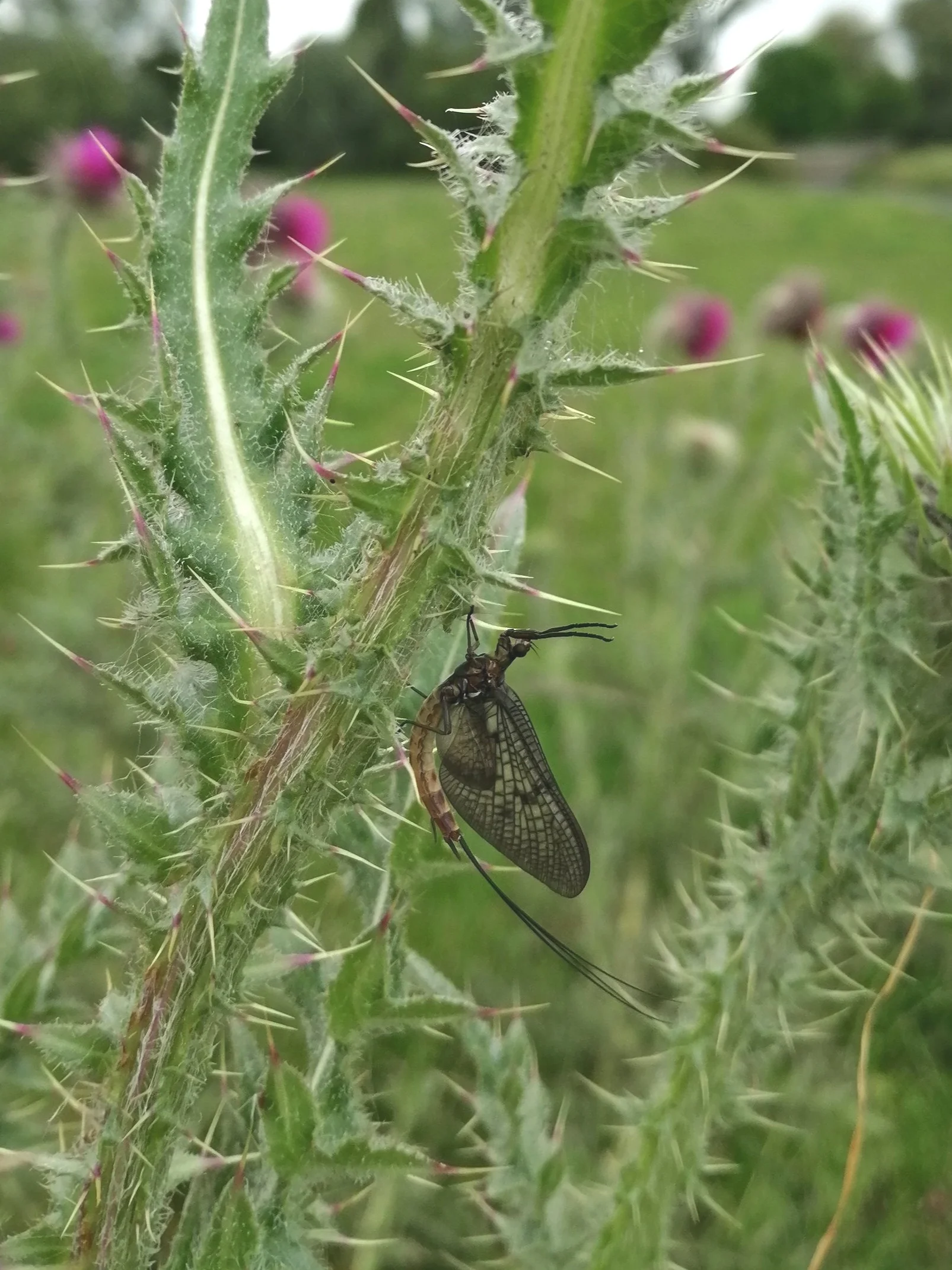Week Five: New Forest River and Woods
Time flies when you’re having fun - I can’t believe i’m on week 5 of my Summer ID Challenge already. This week sees a return to the New Forest, but two separate (and very different) locations.
The first location was Downton, whilst on a picturesque walk along the River Avon. The banks were blooming with wildflowers, that attracted all matter of insects, whilst the crystal clear waters flowed gently along as birds picked demoiselles from its surface. It really is like something out of a fairy tale - the water meadows at Downton should definitely be on your New Forest check list.
The second location was just outside of Lyndhurst at the New Forest Reptile Centre. A centre that has a number of captive reptiles in replicated natural environments - you might see some, you might not, which for me is always the sign of a good animal collection. The area surrounding the centre is a mix of evergreen and deciduous trees, with plenty of ferns lining the well marked walks. An great location to visit to get a real sense of the New Forest.
Common Mayfly (Ephemera danica)
Common Mayfly
Now, there are 51 species of mayfly here in the UK, so please please do correct me if I’m wrong in thinking that this is a common male mayfly. I was actually photographing the bees that were busy feeding on the thistles when I noticed this strange looking creature further down the stem. I was particularly struck by the intricacy of the delicate wings, and the fine strands exuding from the tail - which I now know to be called fine tail bristles.
They’re commonly found near freshwater, where the larvae live underwater before emerging, as adults, in the summer. The mayfly has a brief but beautiful existence, dancing across the water’s surface tempting fish and birds.
I’m intrigued by this delicate insect, it almost didn’t look real resting amongst the sharps thorns of the thistle. Now that I’ve seen one I am on the look out for more, hopefully to photograph a little better, they are on the wing from April to September so fingers crossed.
This was identified by searching google for ‘insects of freshwater habitats’ and then asking around in Facebook groups to confirm.
Hedgerow Crane’s-bill (Geranium pyrenaicum)
Hedgerow Crane’-sbill
It was the hot pink of this flower that jumped out at me from the more muted pastel tones of the rest of the hedgerow. It was staggeringly eye-catching in the Downton foliage. I knew from the shape, size and general appearance that this was part of the crane’s-bill family. My krypton factor wildflower family - they all look so alike!
The five petals, deeply notched (they look like rabbits ears to me) to make them look almost like individual petals, and he fact it was found in the hedgerow helped me to pick it apart from some of the others. Also the fact that they are mainly found in southern England helped to narrow the search. It could be confused with dove’s-foot crane’s-bill but that’s a typically smaller plant.
Keep your eyes peeled from June to August for this medium height plant, brightening up the hedgerows.
To help ID this particular type of crane’s-bill I used the Sunbird wild flower app, and then double checked with a wildflower group on Facebook.
Dor Beetle
Dor Beetle
This wee beastie was found in the second location, on one of the woodland walks around the New Forest Reptile Centre. Now, you’ve probably noted that I haven’t quoted the Latin name for this beetle, and that’s because there are quite a few varying species that are hard to identify specifically - and I wouldn’t want to ID the wrong one.
The other element in the above photo will also probably give you a pretty big clue as to the other name it goes by. The dung beetle.
Using this guide I think the beetle we have here is Trypocopris pyrenaeus - due to the fact it’s found in the south and has a blue sheen to it. It was the inky blackness of the beetle and the obviously blue tinge to it’s shell that helped it stand out as it bumbled along in the foliage.
Their rather uncouth eating habits actually help to keep our countrysides clean of mess, and they do a great job at tidying up behind cows. And in the case of the New Forest - the ponies.
This dung beetle was identified by doing a quick google search for black beetle UK and then scrolling through images until I found a match. Fine tuning the discovery was a bit trickier, but asking around on Facebook groups helped to point me in the right direction.






